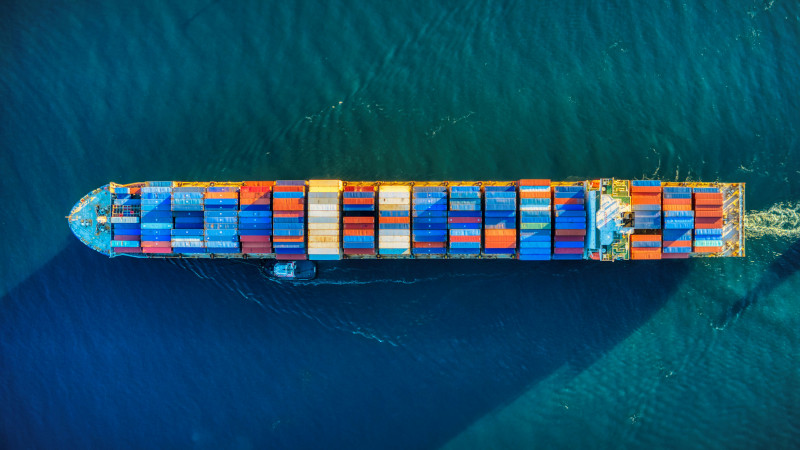Port fees targetting chinese built ships

The Trump administration announced new port fees targeting Chinese-built vessels this week, marking the latest escalation in trade tensions between the world's two largest economies. The fee is set at $1.5 million each time a ship enters U.S. ports, and is aimed at bringing ship construction back to the U.S.
"We used to make so many ships. We don't make them anymore very much, but we're going to make them very fast, very soon. It will have a huge impact," Trump said during the announcement.
The new levies immediately sparked concern among shipping companies and port operators. Several major carriers operate a big fleet of Chinese built vessels. Shipping stocks dropped sharply following the announcement.
The scale of the challenge facing the shipping industry is significant. Chinese shipyards have dominated global vessel construction for over a decade, and currently have a market share of more than 50% for the construction of new vessels.
The policy is likely to trigger a fundamental restructuring of global shipping supply chains. Companies may be forced to source vessels from alternative shipbuilders in South Korea, Japan, or Europe - at significantly higher costs.
The ripple effects are expected to extend well beyond the shipping industry. Higher transportation costs typically translate to increased prices for imported goods, from electronics to clothing to automotive parts. With U.S. imports heavily dependent on ocean freight, the port fees could contribute to inflationary pressure across multiple sectors of the economy.
The ultimate test of this policy will come when American consumers begin feeling the pinch of higher prices at checkout counters across the country. Historical precedent suggests that trade measures often face political pressure when their costs become visible to voters. The Trump administration has previously modified or reversed trade policies when faced with significant economic backlash, raising questions about whether these port fees will survive sustained consumer opposition. As shipping companies begin passing these costs through to importers and retailers, the administration may find itself weighing the political costs of higher consumer prices against its stated goal of revitalizing American shipbuilding.